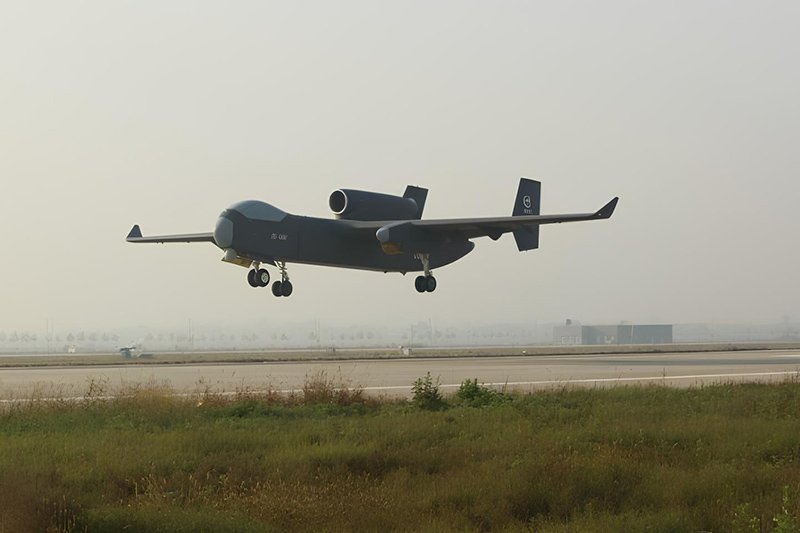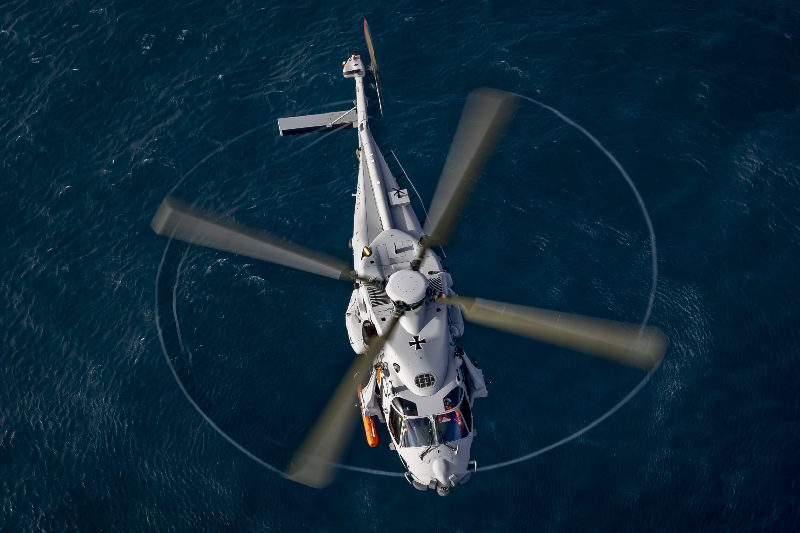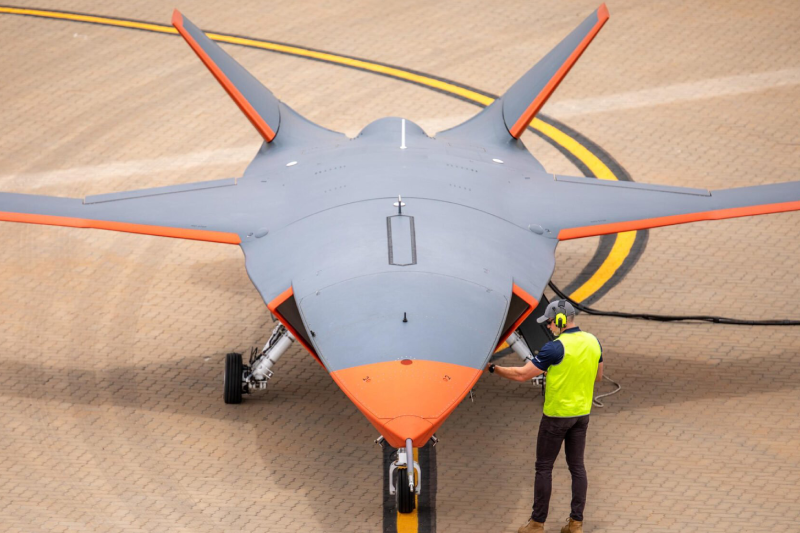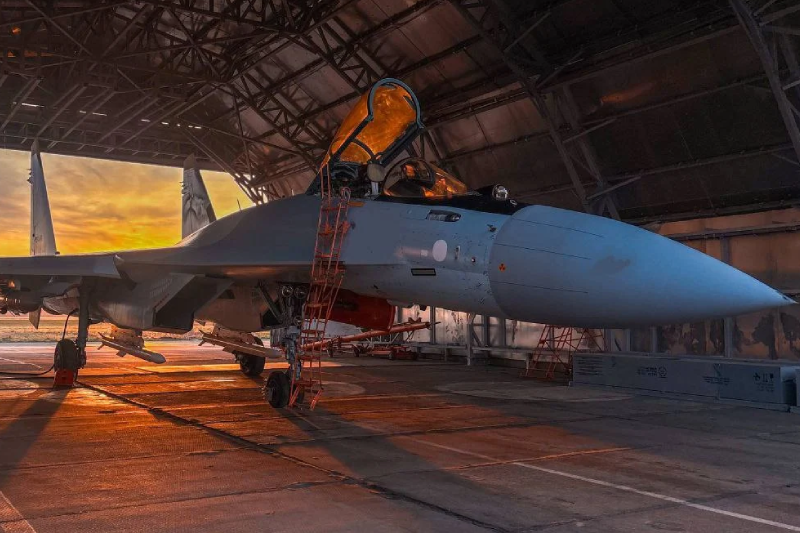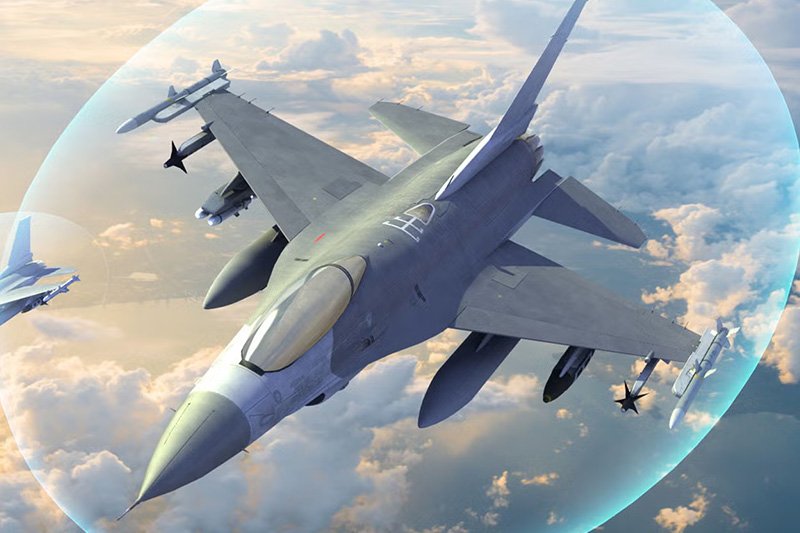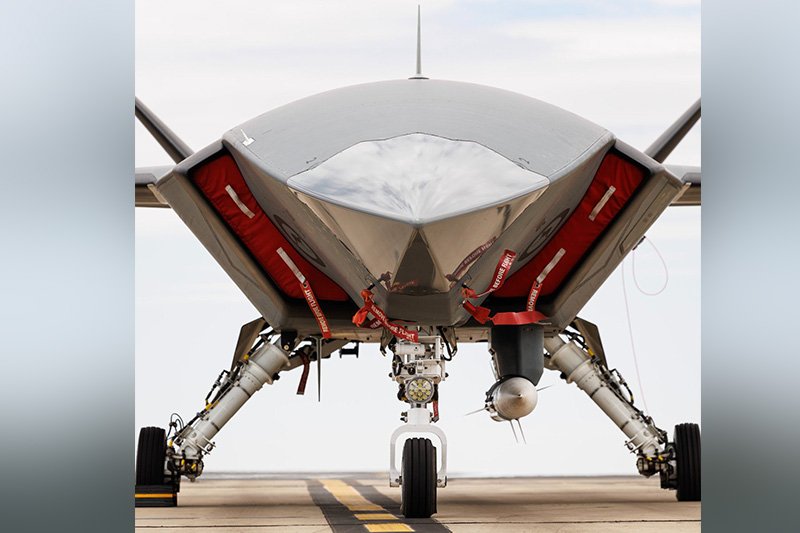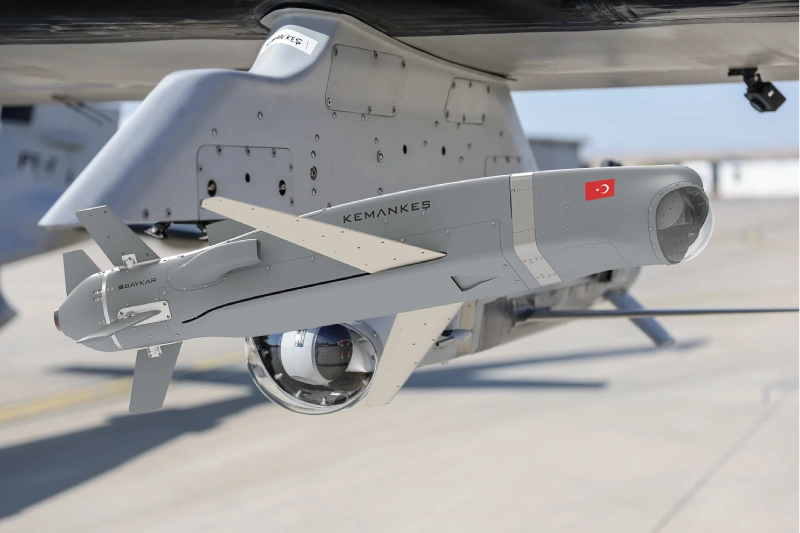Baykar Unveils Cruise Missile Adapted For Air-To-Air Combat
Turkish defense manufacturer Baykar has achieved a significant milestone in unmanned aerial vehicle (UAV) warfare by successfully adapting its Kemankes 1 cruise missile for aerial target interception. This groundbreaking development represents a paradigm shift in drone combat capabilities, transforming what was originally designed as a precision strike weapon into a versatile air-to-air interceptor.
The successful test demonstrates Turkiye’s growing prowess in defense technology and positions the nation as a leader in next-generation warfare systems. This adaptation could revolutionize how military forces approach aerial threats, particularly in contested airspace environments.
Historic Test Launch from Akinci UAV Platform
The milestone test launch marked multiple firsts in military aviation history. Baykar conducted the inaugural test from its Akinci UAV platform, making it the first-ever cruise missile launch from a turboprop unmanned aircraft. This achievement showcases the exceptional engineering capabilities of Turkish defense contractors and their ability to innovate beyond conventional warfare limitations.
During the comprehensive testing phase, two Kemankes 1 missiles successfully simulated interception scenarios against targets towed by quadcopter drones. The precision demonstrated during these tests validates the missile’s effectiveness in real-world combat situations, providing military commanders with enhanced tactical options against diverse aerial threats.
Enhanced Combat Capabilities
The adapted Kemankes 1 system provides unprecedented versatility in engaging various aerial targets, including hostile drones and helicopters. This capability addresses modern battlefield challenges where low-flying threats pose significant risks to ground forces and critical infrastructure.
Military platforms equipped with the Kemankes 1 can now engage multiple threat categories using a single weapon system. This multi-role capability reduces logistical complexity while maximizing operational effectiveness, making it an attractive option for defense forces worldwide seeking cost-effective solutions.
Advanced Radar Integration
The Akinci UAV’s integration with the MURAD 100-A Active Electronically Scanned Array (AESA) radar creates a formidable detection and engagement system. This sophisticated radar can identify and track aerial targets at considerable distances, providing early warning capabilities that enhance situational awareness.
The radar guides the Kemankes 1 missile during its mid-course flight phase, ensuring accurate trajectory toward the target. Once the missile approaches the engagement zone, its advanced optical seeker takes control, providing terminal guidance for precision strikes against moving aerial targets.
Technical Specifications
The Kemankes 1 missile combines compact design with impressive performance characteristics. Measuring 1.73 meters in length with a 1.25-meter wingspan, the weapon maintains optimal aerodynamic efficiency while housing sophisticated guidance systems and a 6-kilogram warhead within its 30-kilogram total weight.
Performance specifications reveal the missile’s operational flexibility, with a standard cruising speed of 0.3 Mach (360 km/h) for extended range missions and maximum velocity capabilities reaching 0.7 Mach (720 km/h) for rapid engagement scenarios. The jet engine propulsion system provides reliable thrust throughout the missile’s impressive 200-kilometer operational range.
Strategic Implications for Modern Warfare
This technological advancement positions Turkiye among elite nations capable of developing sophisticated air-to-air missile systems. The Kemankes 1’s dual-purpose design offers significant strategic advantages, allowing military forces to deploy fewer weapon types while maintaining comprehensive threat engagement capabilities.
The system’s effectiveness against both traditional aircraft and emerging drone threats addresses contemporary security challenges. As unmanned systems become increasingly prevalent in military operations, weapons capable of countering these threats become essential for maintaining air superiority.
Also read this: North Macedonia Acquires Turkish Boran Howitzers
Future Development and Global Impact
Baykar’s success with the Kemankes 1 adaptation signals continued innovation in Turkish defense technology. This achievement likely influences international defense procurement decisions, as nations seek proven, cost-effective solutions for aerial threat mitigation.
The successful integration of cruise missile technology with UAV platforms opens new possibilities for autonomous warfare systems. Future developments may include enhanced artificial intelligence integration, improved target discrimination capabilities, and extended operational ranges that further expand the system’s tactical applications in modern combat environments.
Keep connected with us at Facebook, Twitter, YouTube, Instagram & TikTok for latest defense happening around the globe.
Discover more from International Defence Analysis
Subscribe to get the latest posts sent to your email.


